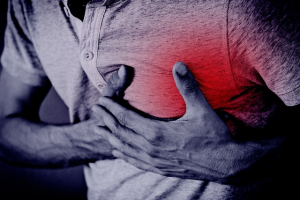Selenium from selenium-enriched yeast supplements is more bioavailable than selenium from an inorganic source such as sodium selenite. Selenium from selenium-enriched yeast supplements also tends to be less toxic. These are the conclusions from a 2008 evaluation undertaken by a European Food Safety Authority (EFSA) scientific panel [EFSA 2008].

To quote directly from the report:
“Despite the higher bioavailability of selenium from organic sources such as selenium-enriched yeast, the toxicity of these organic forms has been shown in a number of studies in experimental animals to be lower than that of inorganic selenite or selenate.”
Study data indicate that organic selenium is more bioavailable than inorganic selenium. Studies in which different selenium preparations have been compared head-to-head point towards a higher bioavailability of selenium from yeast than from inorganic sources [Hadrup & Ravn-Haren 2021].

